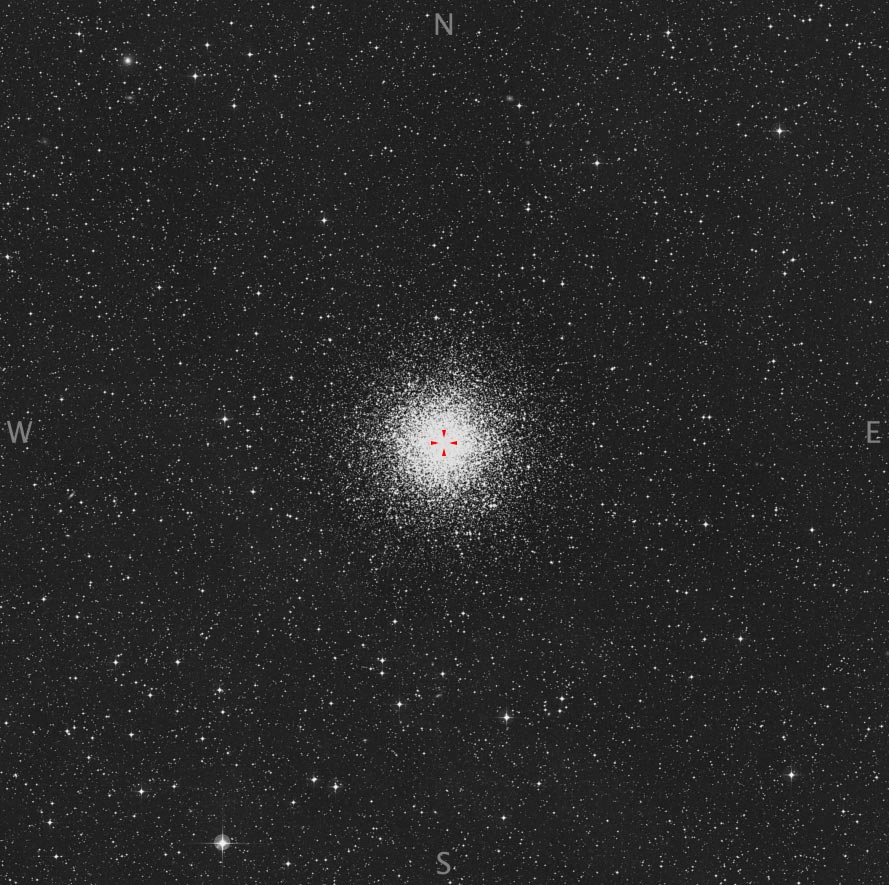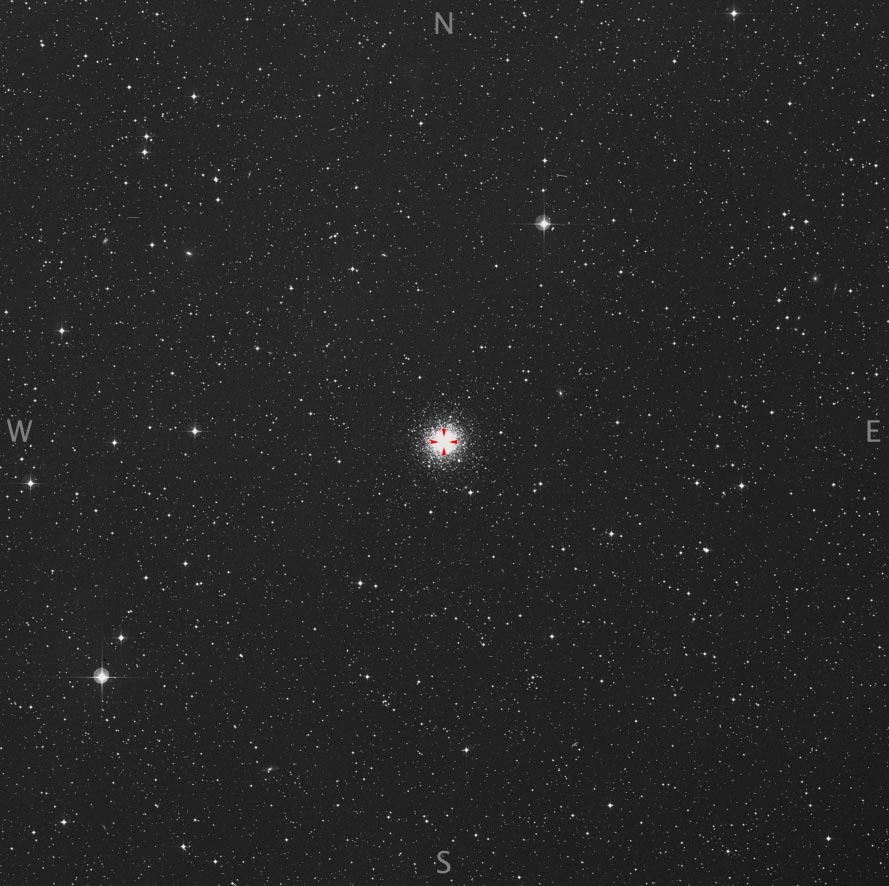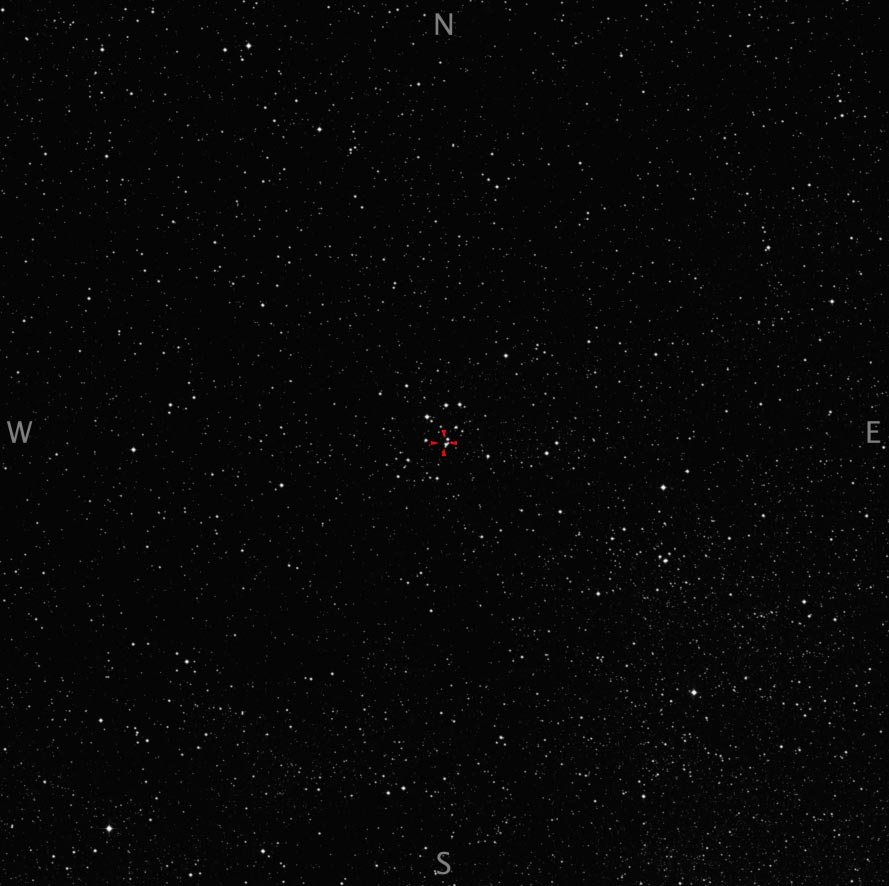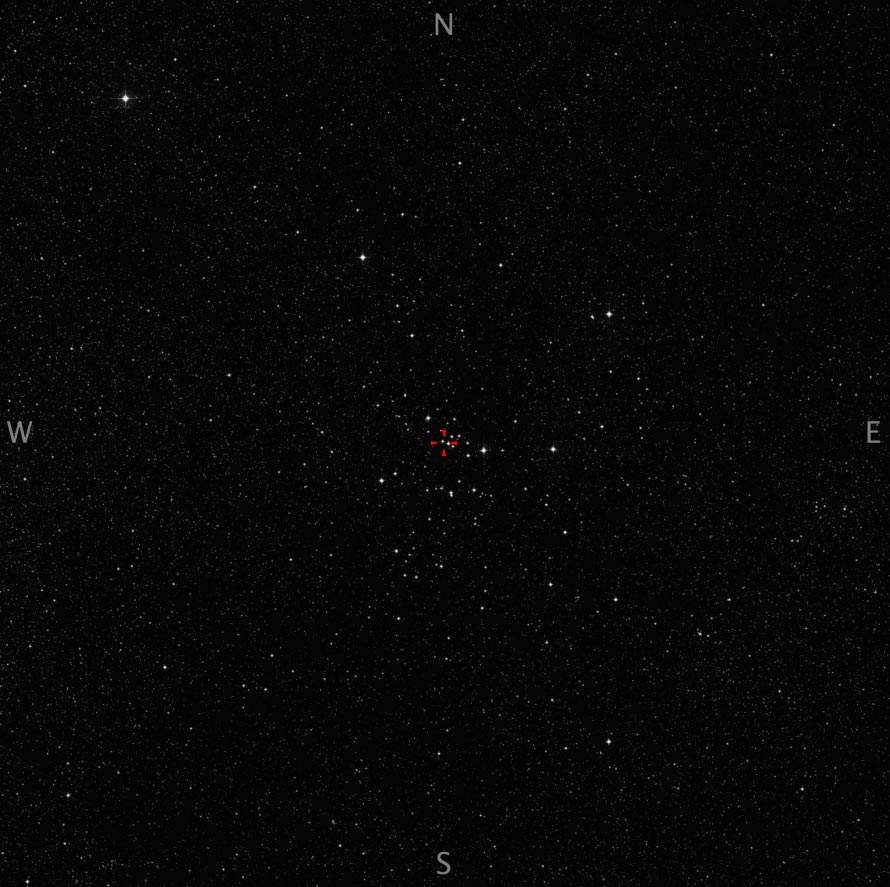While I’m a bit behind writing my observations up, I see that over the last 30 days or so, I’ve managed to find 6 clear nights where observations were possible. I guess we are in a period where the weather is generally more settled and with the nights drawing in, chances are that we are more likely than not we can get out there with the scope.
I’ve had a couple of sessions using Skytools 3 and while for 90% of what I do at the scope, it’s great., I’m still not happy with the logging aspect of the program. For me Astroplanner does a better job of observation of timings, consistency of seeing and transparency reports and a much more powerful search feature of the observation database. With this in mind, I’ve moved all my logs back to it. Skytools, does have its advantages though. The Interactive Atlas is far better than most stand alone Planetaria. The huge star database down to 20th magnitude is far quicker at rendering star fields and really gives me a much better idea of what I’m looking at.
However when I go to view the scope and eyepiece combination, I’m forced to only see the stars that it thinks are visible taking into account the objects altitude, the time of observation, transparency etc etc. I always seem to be able to see more stars than the programs suggests, and I find that annoying. In eyepiece mode there isn’t a way of increasing the visual mag limit, like you can in Interactive Atlas mode.
In eyepiece mode Astroplanner works a treat, but it is slow to display the full USNO2 catalogue. However once there, I can make it match what I’m seeing through the eyepiece.
I think I will run both side by side for a bit longer, but I have a feeling that I will end up using both.
So what have I managed to see the last time I was able to get out
- Session started at 20:59 UT 7, September
- Seeing 4- Poor Pickering Scale
- Transparency – Somewhat Clear
M6

Meade Series 4000 40mm Plössl, 40.0mm, 50x, 51.6′
4 principle stars in a parallelogram configuration with slight concentration of nebulous stars within the bounding of the fours stars.
I must have got sidetracked while observing this object as the log as written doesn’t match my recollection.
M54

Meade Series 4000 26mm Plössl, 26.0mm, 77x, 39.0′
Very small grouping. Occasionally with averted vision it looks granular – but that’s very fleeting. Inclined to think this is due more to imagination than actuality.
M75

Meade Series 4000 9.7mm Plössl, 9.7mm, 206x, 14.3′
Best views through the above surprisingly compact core which spreads quite dramatically with averted vision. Image suggests edge of cluster spreads to GSC 06326-1693, but I cannot see it even at 25% of this distance. About 40 arc seconds.
M18

Pretty open cluster forms a arrow pointing to the NE. in Meade Series 4000 9.7mm Plössl, 9.7mm, 206x, 14.3′ spans 6′ in diameter.
M25

Meade Series 4000 SWA 18mm, 18.0mm, 111x, 34.0′
Looks a little like the southern cross. Oriented East/ West. Can make out 6 stars in the North Eastern quadrant. Just a test of visual acuity, in the Meade Series 4000 9.7mm Plössl, 9.7mm, 206x, 14.3′
Both of us could just make out Meade Series 4000 9.7mm Plössl, 9.7mm, 206x, 14.3′ with averted vision.
M45

Too big for the RC. Best viewed through the TMB with Meade Series 4000 40mm Plössl, 12x. Alcyone looks Orange, but so do the others occasionally, so I put this down to scintillation.
I think the logs from this session show that when observing a large number of objects in one session, that typing the observation at the keyboard is not working. A few entries here are sparse and incomplete – not good.
My digital voice Dictaphone has now arrived, so I’m hopeful the next session logs will be a hell of a lot more detai